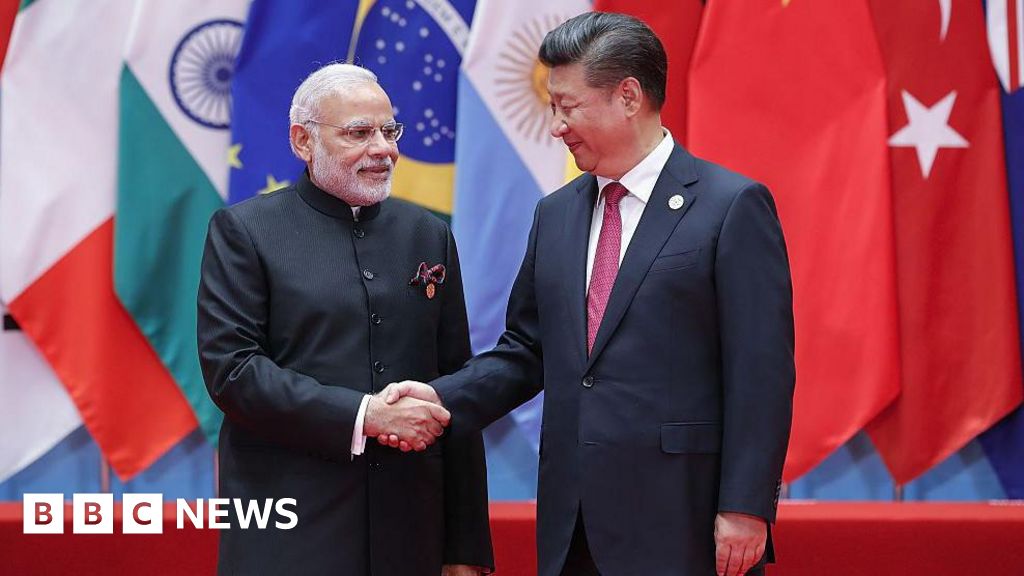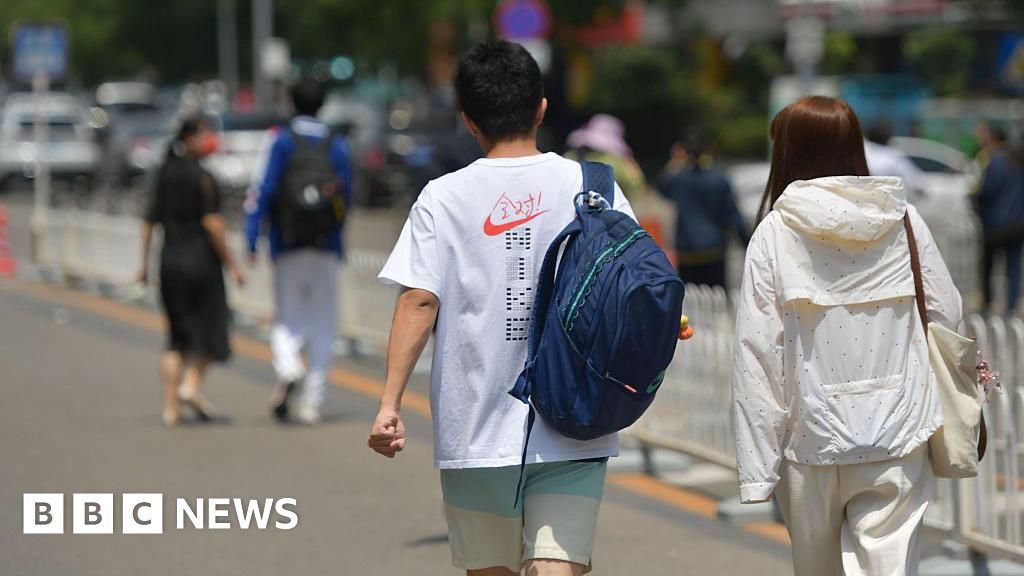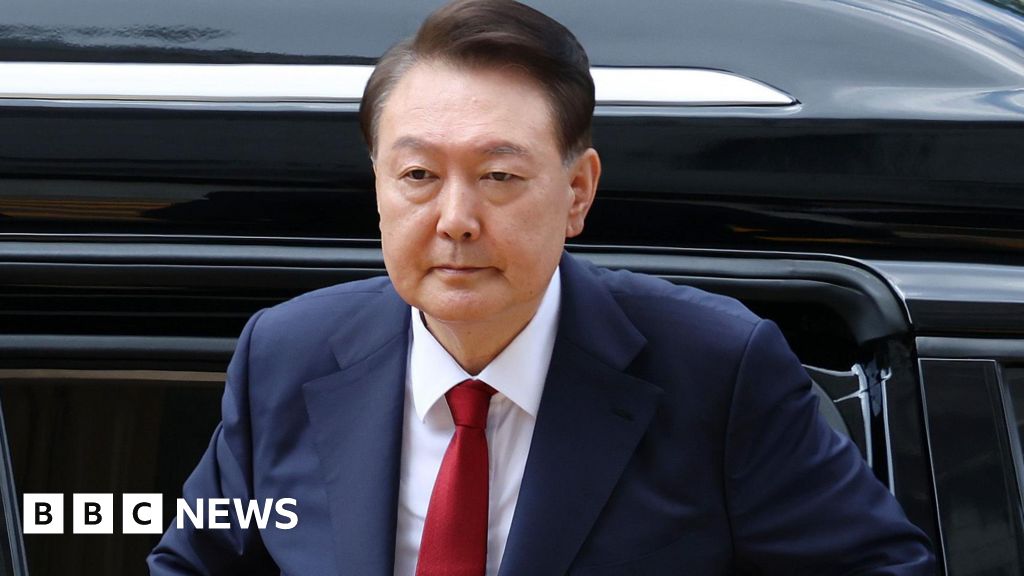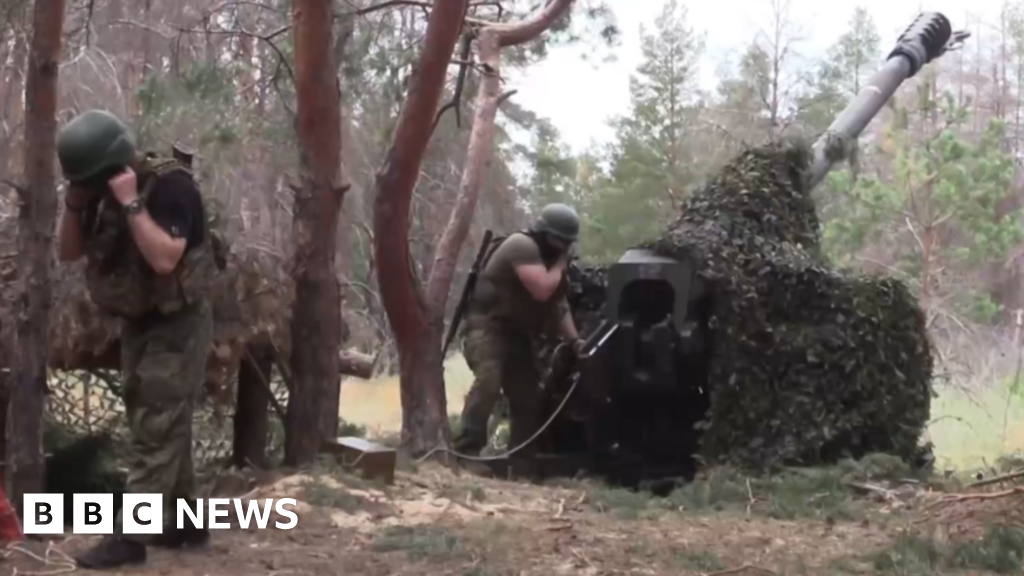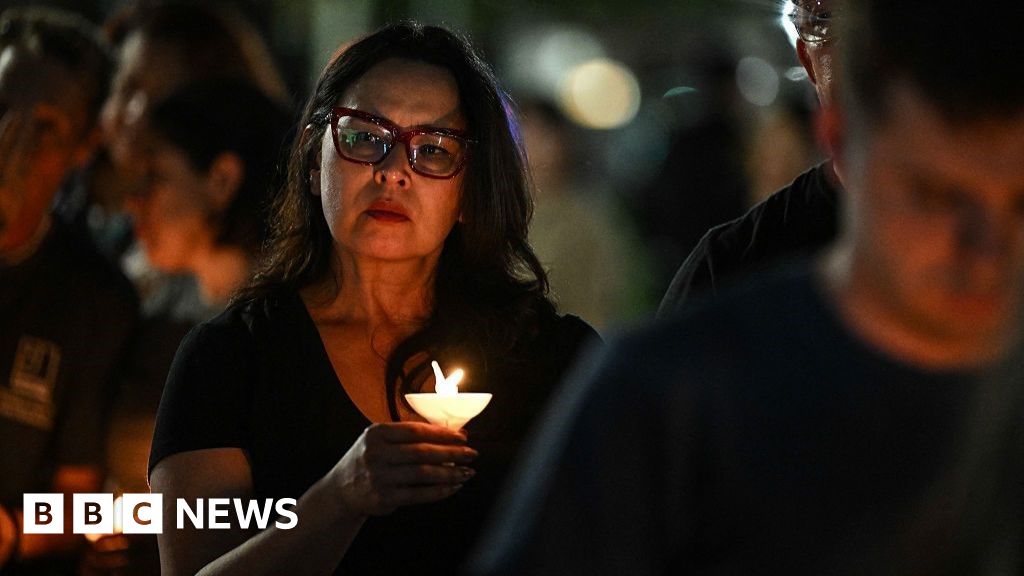Women across South and Southeast Asia are demanding an end to gender-based violence and harassment in the garment supply chain, which they say is riddled with ineffective efforts by brands that are little more than PR maneuvers meant to burnish their reputations while fostering the status quo.
On Thursday, the Asia Floor Wage Alliance, Global Labor Justice and their trade union partners kicked off “Violence Out of Fashion,” a campaign that is calling for meaningful change through binding, enforceable solutions—like the Dindigul Agreement to Eliminate Gender-Based Violence and Harassment and the more recent Central Java Agreement for Gender Justice—that safeguard freedom of association, bolster women’s leadership and create union-led grievance mechanisms by centering worker voices that have long been consigned to the periphery.
More from Sourcing Journal
“We want to say, “No more silence, no more fear,’” said Sultana Begum, president of the Green Bangla Garments Workers’ Federation and a member of AFWA’s women leadership committee. “This campaign is a call for change, not just in words or on paper, but in action.”
Begum has worked in Bangladesh’s garment industry for more than a decade. She’s been a union leader for over 25 years. In that time, she said, very little has changed, with women fending off sexual harassment and verbal and physical assault every day. They are often afraid to file complaints because doing so can lead to unemployment, which would mean starting all over again at a new factory, where there’s no guarantee the same thing won’t happen again.
“Sometimes it’s a supervisor yelling and insulting women to work faster. Sometimes it’s unwanted touching,” she said through a translator. “Violence happens in many forms and it has become part of the production process for women workers. Many women come from their village at a young age to get a job in the RMG sector. They are overly trusting. It has happened so many times when an innocent young woman is forced into a relationship with her male supervisor.”
Gender-based violence and harassment, or GBVH, isn’t just a Bangladeshi problem. Or a Cambodian problem. Or an Indonesian problem. Instead, it’s a “daily reality” for millions of women in Asia making clothes for major fashion brands, said Ashley Saxby, AFWA’s gender justice and Southeast Asia coordinator.
The problem derives from a fundamental power imbalance in factories’ gender makeup. An estimated 42 million women garment workers are employed in Asia alone, accounting for more than half of the workforce in many countries and as much as 80 percent in others, according to the International Labour Organization. Supervisors and managers on the factory floor, however, tend to be male. Because they’re used to wielding bullying, harassment, intimidation and violence as “tools of control” to speed up production and discipline workers, Saxby said, GBVH has become not a flaw, but a feature.
“And brands may be far away from the factory floor, but they drive this violence through constant pressure on suppliers to produce faster and cheaper without any real oversight, and the ones who are paying the price are women workers,” she said. “These brands know what is happening. They know because unions have been telling them for decades. But instead of real action, we get superficial programs about gender equality because protecting their image has mattered more than protecting the women in their factories. And real accountability would mean admitting that brand-led voluntary initiatives have failed to keep women safe.”
The social media part of the campaign includes an Instagram page that is publishing illustrated accounts of workers’ everyday indignities. There is a woman from Bangladesh who has been slapped, pushed and struck on the head for minor transgressions. A worker from Sri Lanka must endure inappropriate questions from her supervisor or risk increased targets if she provides an unsatisfactory response. Another from Indonesia is forced to hide in a bathroom whenever auditors come calling, only to see the “cruelty of supervisors” resume after they leave.
“Every day they have to make a hard decision: to suffer abuse or feed their families; so, they remain silent,” Yang Sophorn, president of the Cambodian Alliance of Trade Unions and another member of AFWA’s women leadership committee, said through a translator. Speaking out could also have broader consequences, since brands “easily move their production from one country to another and if one supplier doesn’t meet their standards, they will move to another place, leaving workers jobless,” she said.
But the climate of secrecy and fear is its own problem, and one that can be incredibly isolating and dehumanizing, Sophorn said. It’s also why any collective power must extend beyond borders. “Suppliers need to make sure the brands keep placing orders, so that’s why they discipline their workers with violence and use threats and intimidation to keep them silent,” she added. “The system works by silencing workers to protect their profits, not by protecting workers’ rights.”
While the Dindigul and Central Java agreements have been held up as success stories, they’re still vastly limited in scope because they’ve been backed by only a handful of brands at one or two factories: Gap Inc., H&M Group and Calvin Klein owner PVH Corp. with Eastman Exports’ Natchi Apparel and Eastman Spinning Mills in the former and Fanatics (and, by extension, licensor Nike) with PT Batang Apparel Indonesia and PT Semarang Garment Indonesia in the latter. Labor activists say they must serve as blueprints for more extensive, systemic efforts.
It’s why AWFA and GLJ, together with unions in India and Indonesia, have developed the Safety Engagement for Women Workers—or SEWW—Commitment Framework, which they will be asking brands to adopt. Based on lessons from Dindigul and Central Java, it features components that workers “know are effective and scalable in garment supply chains around the world,” said Sahiba Gill, GLJ’s deputy legal director.
These include strong workplace standards for GBVH and freedom of association that incorporate and build on international labor mores, women-worker monitors who are empowered to report harassment and violence on the shop floor, grievance mechanisms that include labor management dialogue as an option for remediating harm, an oversight committee involving civil society, brand and supplier signatories, and training for workers, managers and supervisors. The framework also hinges on commitments from brands to use their supply chain leverage to fight for women’s safety by creating market incentives for supplier participation and enabling protected jobs for workers through order stability.
“The solution truly is here,” Gill said. “Now we are willing to work with brands to end gender-based violence and harassment through the SEWW framework. With the launch of this ‘Violence Out of Fashion’ campaign, we will be calling attention to brands that are falling short on women’s safety, because there is simply no more excuse for inaction. Brands will either sign on to the SEWW framework or enable violence against the women who make their products.”
Ratna, who works at PT Semarang Garment Indonesia, said she wants to see agreements like the one Fanatics agreed to “everywhere.” The Central Java agreement, she said through a translator, isn’t “just words on paper.” Rather, it monitors and prevents GBVH on production lines before it escalates. And if harassment happens, she said, factory management will be held accountable by its biggest buyer.
“Before we had the agreement, women were afraid to speak out,” Ratna said. “After we have this program, our complaints are taken seriously and we have the support of our union. This agreement changed my workplace, and it showed that real safety is possible. Every woman worker deserves that protection. We need brands to stop pretending they care about our safety and start signing up to these agreements.”
Source link
